Clipart tagged: ‘sanctuary’
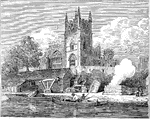
Church of All Saints, Wilden, Worcestershire
All Saints Church in Wilden, Worcestershire about one mile to the north east of Stourport. It was designed…
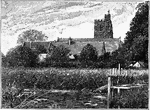
Bray Church, Near Maidenhead, Berks
The Church of England parish church of St Michael was built in 1293, supposedly to replace a Saxon church…

Elstow Church, Bedfordshire
Elstow Abbey was a monastery for Benedictine nuns in Bedfordshire, England. It was founded c.1075 by…
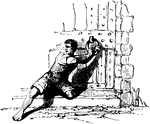
Fugitive Claiming Sanctuary
Sanctuary was also a right to be safe from arrest in the sanctuary of a church or temple, recognized…
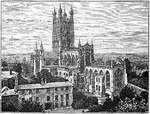
Gloucester Cathedral (Abbey) Church
The cathedral consists of a Norman nucleus (Walter de Lacy is buried there), with additions in every…

Ground Plan of Edfou
Ground plan of Edfou. I. Sanctuary; II. Hall of Columns; III. Great Hall of Columns; IV. Great Court;…
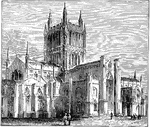
Hereford Cathedral
In the war between King and Parliament (the English Civil War) the city of Hereford fell into the hands…
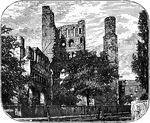
Ruins of Kelso Abbey
Kelso Abbey is a Scottish abbey built in the 12th century by a community of Tironensian monks who had…

Magna Charta Island
Magna Carta Island is an island in the River Thames in England, on the reach above Bell Weir Lock. It…
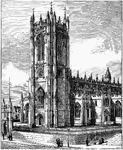
Manchester Cathedral
Manchester Cathedral is a Medieval church located on Victoria Street in central Manchester and is the…
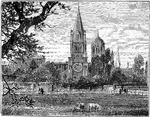
Oxford Cathedral
In 1522, the priory was surrendered to Cardinal Wolsey, having selected it as a site for his proposed…

St. Aldhelm's Church, Bradford-on-Avon
Notable is the Saxon church (dedicated to St. Laurence), which may have been founded by St. Aldhelm…
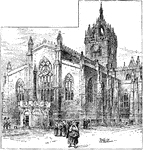
St. Giles' Cathedral, Edinburgh
A prominent feature of the Edinburgh skyline, St. Giles' Cathedral or the High Kirk of Edinburgh is…
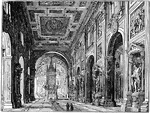
St. John's Church, Lateran Palace, Rome
The Basilica of St. John Lateran (Italian: Basilica di San Giovanni in Laterano) is the cathedral of…
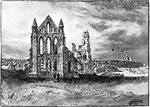
The Ruins of Whitby Abbey
Whitby Abbey is a ruined Benedictine abbey sited on Whitby's East Cliff in North Yorkshire on the northeast…
